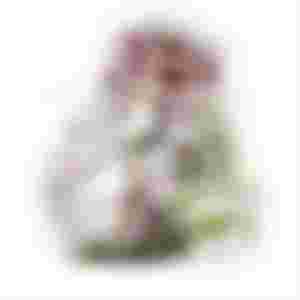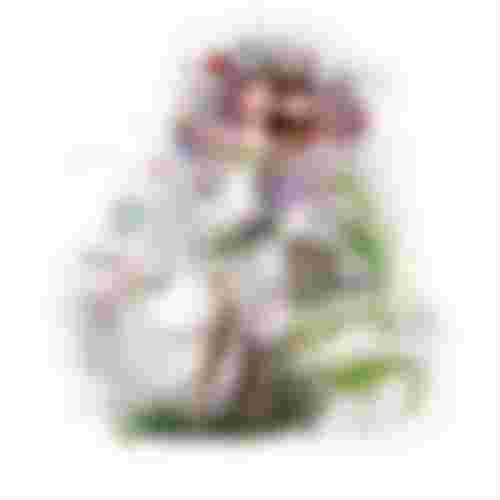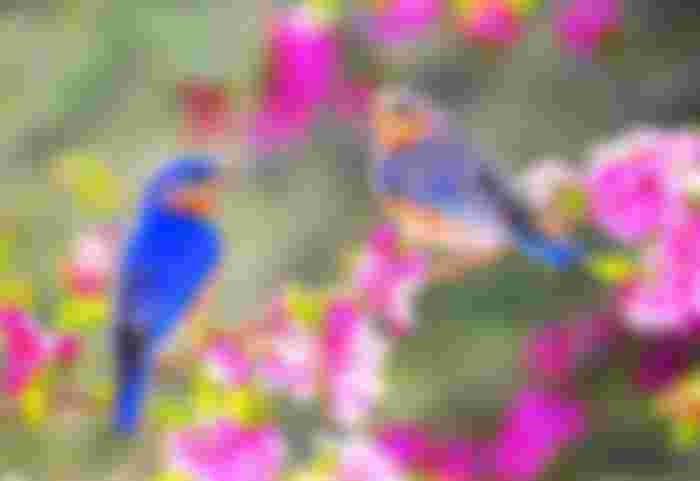Vesna was the goddess of spring and youth. She was one of the most beloved deities because the beginning of spring would mark the departure of winter and thus Morana, who appears as the goddess of winter and death.

Vesna brings greenery in the fields, flowering and nice weather suitable for living and working. The jet that brings joy to the homes of the Slavs. Spring was especially important for the Slavs because it beats winter and announces summer. As spring in the people symbolized the beginning of beautiful weather, when nature wakes up and blooms, gives birth and life is renewed, so Vesna got the role of the goddess of youth. Vesna also appears among the Old Slavic peoples as one of the brightest deities. In ancient Indian the word you means to be bright or light, and is at the root of Vesna’s name. It is believed that Vesna was a deity while the Slavs were in India, and before they immigrated to Europe. Vesna was a role model for all women. She was beautiful and powerful and spread intoxicating scents around her. In addition to beauty, it was also credited with power over the heat of the Sun, without which spring could not come.

Vesna was never lonely. She was always accompanied by Gerovit, the god of war and the sun, and Stribog, the god of wind and air. That the old Slavs had great respect for Vesna is shown by the fact that the Slovene women resorted to prayers and magical acts in order to drive winter, suffering and death out of their homes. Also, there was a belief that Vesna helps people and that she recovers her health damaged in winter and harmonizes nature to be harmonious, and thus strengthens the mind and heart of people. Vesna is presented as the goddess of love and harmony.

One of the holidays dedicated to Vesna was celebrated with the couple who would get married the previous year. Cakes with honey, called gingerbreads, are prepared for that occasion. However, this joyful holiday was later tied by the church to the Day of the Forty Martyrs, which is celebrated on March 23. In the rites dedicated to Vesna, the faithful would be allowed to swallow a hazel bud or a hawthorn leaf. At the time of the willow flowering, the children were adorned with willow fringes, and bells were placed around their necks. This rite is also known in Christianity as Vrbica. The eggs were painted in the spring, usually in red, which symbolizes the sun, fire and warmth, which Vesna brought with her arrival, and the eggs, together with bread and wine, would be given to the host of the house. A similar custom persisted with Christians during Easter.

Vesna was perceived by the Slavs as a beautiful young girl adorned with wreaths and in a white dress. Her hair was adorned with floral bells. In the lower part of her waist she had a large wreath of flowers. Vesna was one of the favorite deities among the South Slavs, especially among the Serbs. That is why Vesna is a name that is often given to daughters, symbolizing love, life, birth, harmony, nature and light.






lijepo napisan članak...svidjaju se mi fotke